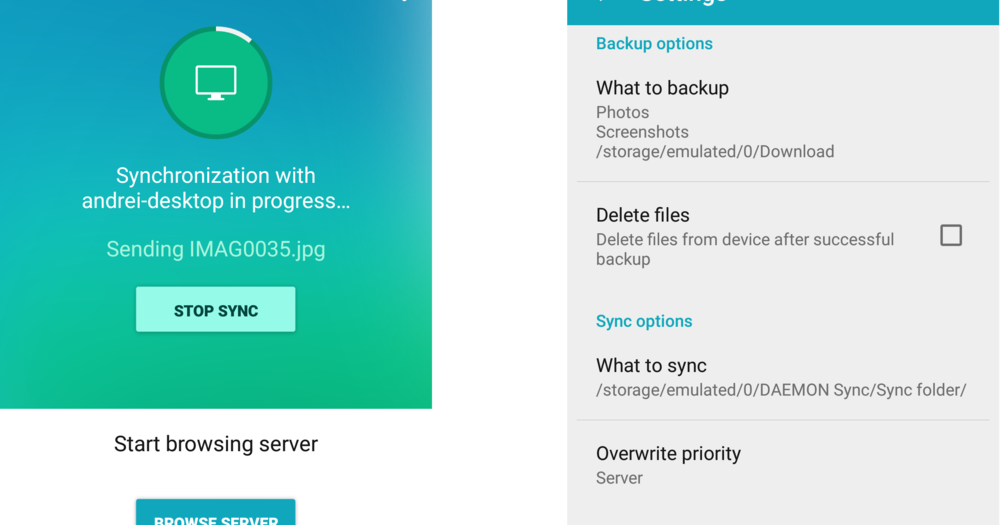


Rsync is configured to securely transfer and synchronize data over the SSH protocol. If the file size and modification times are different, then it transfers the files from the directory or system that hosts the files to another directory or remote system. It achieves this by comparing file sizes and modification times. Rsync, short for remote sync, is a data transfer and synchronization tool that intelligently transfers and synchronizes files between directories or across networked computer systems. One of the more useful backup utilities for Linux systems is the rsync utility. To be on the safe side, it is always recommended to have round-the-clock system backups to ensure business continuity in case of service interruption. Natural disasters, cyberattacks, or other devastating events can happen when you least expect them. The -l flag denotes Lines.We cannot emphasize enough the importance of having a backup. The wc stands for word count and is used to count the number of words or lines in the output. In the above commands, compgen and getent are responsible for displaying the list containing all the users and other information related to them. To count the number of users that exist on a Linux system: compgen -u | wc -l The command above will print "User found" if the user exists on the system, and "User not found" if it does not. getent passwd | grep -q username & echo "User found" || echo "User not found"Ĭompgen -u | grep -q username & echo "User found" || echo "User not found" You can also pipe the getent or compgen command with grep and echo to display custom output. To check whether a user exists on a system without using grep: getent passwd username On the other hand, if the user is not present in the system, an error will occur. If the user exists, the login information associated with them will be displayed on the screen.

You can use any of the following commands to check the existence of a user. The grep command comes in handy when you want to grab a specific text pattern from a file. In some situations, you might want to check if a user exists on your Linux system or not. Getent passwd | cut -d: -f5 Check Whether a User Exists or Not
#Linux daemon sync full
To print the full names of the users: getent passwd | awk -F: '' You can chain the getent command with awk or cut to get the list of usernames only. Each field is reserved for particular information including the usernames and home directory paths of the users. The output will contain seven different fields separated by the colon character. To print the content of the /etc/passwd file using getent: getent passwd Files such as /etc/passwd and /etc/nf contain information related to users and networks respectively and can be read using the getent command. The getent command prints the content of important text files that act as a database for the system.
#Linux daemon sync how to
Related: How to Change Your Linux Password List Users With the getent Command Similarly, you can output other fields from the /etc/passwd file by simply replacing f5 with f1-f7. To print the first names of users using cut: cut -d: f5 /etc/passwd Here, -d is the delimiter, f1 denotes the first field (username), and /etc/passwd is the text file that contains the data. To print the usernames in Linux using cut: cut -d: f1 /etc/passwd The syntax of cut is quite similar to the awk command. Alternatively, you can also use cut instead of the awk command.


 0 kommentar(er)
0 kommentar(er)
